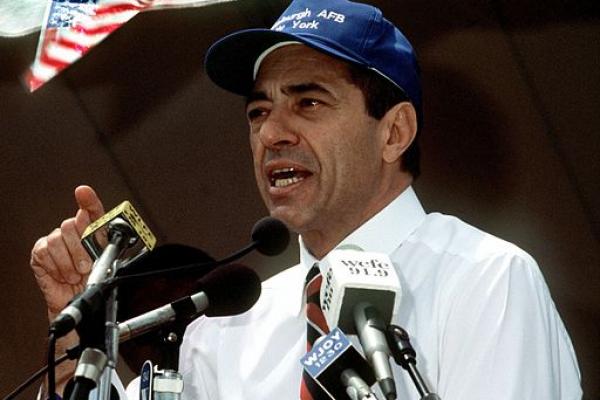Lost in the extensive media coverage of Mario Cuomo’s recent death was mention of one of the former governor’s most enduring achievements: the New York state biomedical Task Force on Life and the Law.
During his first term as governor, Cuomo established the 25-member task force because he was concerned that as developments in medical technology and science accelerated, neither society nor state government was prepared for the critical decisions required in the face of such rapid change.
Cuomo’s instruction to the task force was to study the new frontier of bioethics and make specific public policy recommendations for state lawmakers.
The task force included Christian and Jewish clergy, physicians, nurses, lawyers, ethicists, philosophers, academics, social workers, community leaders, and hospital administrators.
I was a founding member of the task force in 1985. During that time, I recognized that some long-held beliefs must be updated, reinterpreted or sometimes even abandoned in the face of medical advances.
Cuomo wanted us to focus on the right of patients to informed consent about their medical conditions.
Read the Full Article

